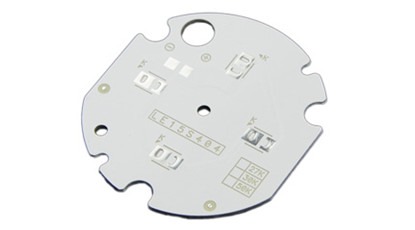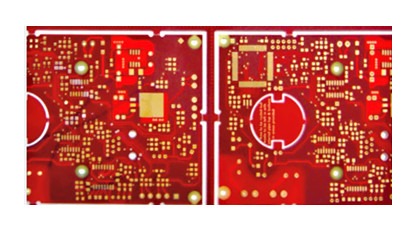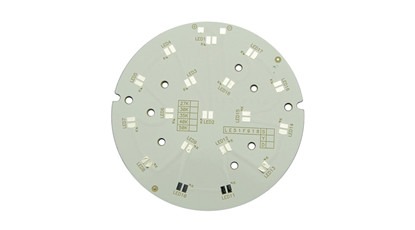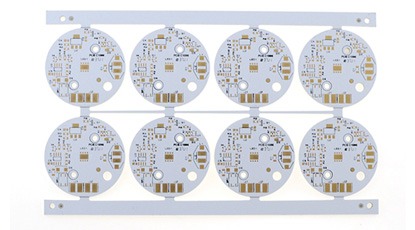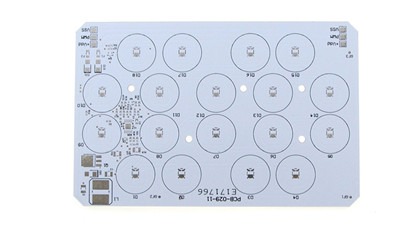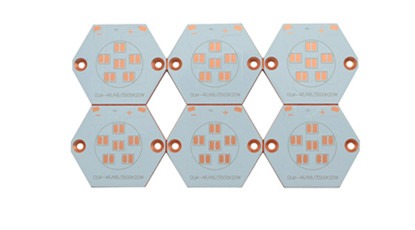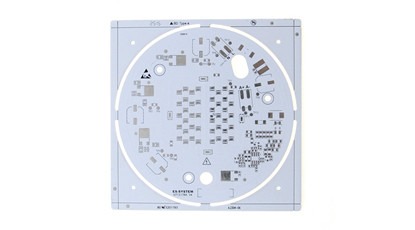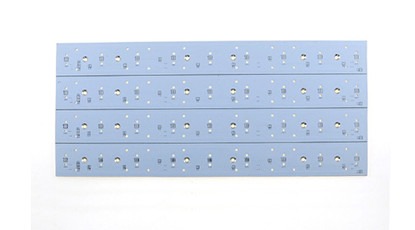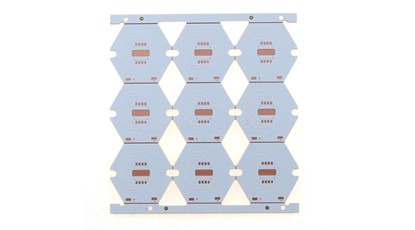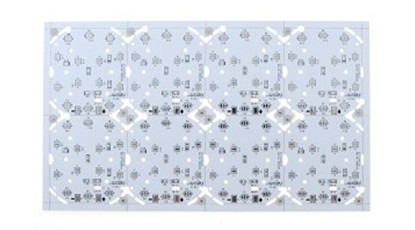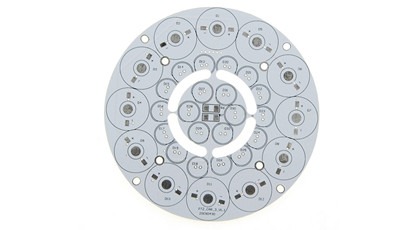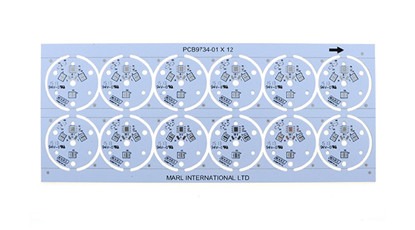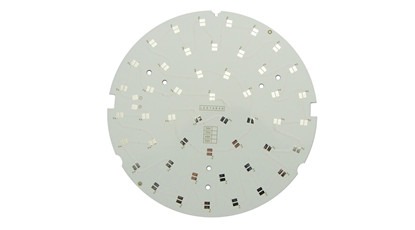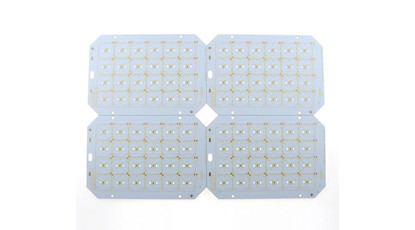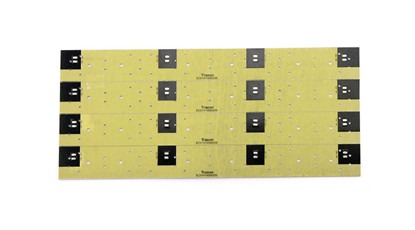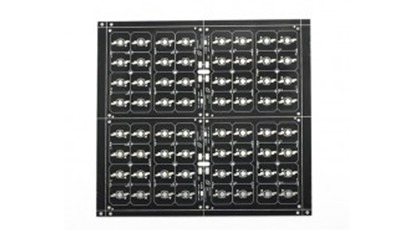Metal Core Printed Circuit Boards (MCPCBs) stand at the cutting edge of current PCB advancements, offering a transformative approach for applications that generate substantial heat. Finest Printed Circuit Board Ltd is at the helm of crafting these sophisticated PCBs, tailored to satisfy the stringent requirements of modern, densely-packed electronic devices.
Exploring the Depths of MCPCB Technology:
At the core of MCPCBs lies a metal substrate, usually aluminum or copper, which acts as the cornerstone of the board’s thermal management prowess. This metal core excels in dispersing heat away from vital components, thus preserving the integrity and functionality of the electronic assembly.
Thermal Conductivity:
MCPCBs boast a thermal conductivity rate as high as 235 W/mK, far surpassing traditional FR4 PCBs. This impressive rate is attributed to the metal core’s ability to function as a heat sink, swiftly distributing heat across its surface, mitigating hot spots.
Mechanical Strength:
The mechanical robustness of MCPCBs is noteworthy. The integration of a metal core lends substantial rigidity, diminishing the likelihood of damage during handling and operation, making them perfect for applications demanding strong physical attributes.
Cooler Operation:
MCPCBs maintain cooler operational temperatures by effectively channeling heat away from crucial components. This aspect is crucial for prolonging device lifespan and reliability. Additionally, cooler temperatures allow for tighter component arrangement, leading to more compact designs.
High Power Density PCB:
Enhanced thermal management allows MCPCBs to accommodate higher power densities. Designers can thus amplify device power without expanding the board size, which can save space and potentially cut costs.
Endurance in Harsh Environments:
MCPCBs are engineered to thrive under extreme conditions, including elevated temperatures and mechanical stress, making them ideal for automotive, industrial, and military uses where dependability is paramount.
The Advantages of MCPCB Use:
Efficient Heat Dissipation:
The metal core’s primary function is to disperse heat from high-heat components like LEDs and power transistors, ensuring they operate within safe temperature ranges, thus enhancing performance and lifespan.
Reliability and Longevity:
The superior thermal management of MCPCBs translates to heightened reliability and a reduced rate of failure over the lifespan of the device.
Design Versatility:
MCPCBs offer designers the latitude to create custom shapes and sizes for particular applications. The metal core can also be precision-machined to incorporate specialized features that boost thermal efficiency.
Minimized Thermal Expansion:
Metals like aluminum have thermal expansion coefficients more aligned with silicon chips, which helps alleviate stress on solder joints and connections due to thermal shifts.
Eco-Friendly:
Aluminum’s non-toxic and recyclable nature renders MCPCBs an environmentally conscious option, allowing manufacturers to lessen their ecological footprint while delivering high-performance products.
Effective Heat Spreader
Metal Core Printed Circuit Boards (MCPCBs) are a specialized variety of PCBs designed with a metal base that serves as an effective heat spreader. This metal core, typically composed of aluminum or copper, functions as an integral heat sink, facilitating the swift transfer of heat away from vital electronic components. By channeling the heat towards less critical areas, such as the metal core itself or additional heat sinks, MCPCBs are exceptionally suited for electronic applications that generate high levels of heat or are subjected to high-temperature conditions. The strategic placement of the metal within the board’s structure is crucial for maintaining the integrity and performance of the components in demanding scenarios.
For a more in-depth exploration of MCPCBs and their thermal management capabilities, feel free to read the detailed article here.
Invitation to Collaborate:
Finest Printed Circuit Board Ltd recognizes the pivotal importance of effective thermal management in the performance and reliability of electronic devices. Our MCPCBs are expertly designed to optimize heat dissipation, ensuring your products perform at their best.
Whether your field is LED lighting, automotive, aerospace, or high-power electronics, our MCPCBs are built to endure the demands of your applications. Through our sophisticated manufacturing techniques and dedication to excellence, we provide MCPCBs that are not just effective but also economical.
We encourage you to discover the potential with our MCPCB offerings. Our team is eager to work with you to customize a PCB that aligns with your unique needs. With Finest Printed Circuit Board Ltd, you’re partnering with a company devoted to advancing PCB technology and delivering top-tier results.
Reach out to Finest Printed Circuit Board Ltd to address your MCPCB requirements. Let us aid you in elevating your electronic products with our state-of-the-art PCB solutions. Contact us for a consultation and embark on the journey to enhance your devices with the finest MCPCBs available.
Click Company Presentation
| Specification | Description |
|---|---|
| Material Composition | Typically consists of an aluminum core with a copper foil bonded to one or both sides. |
| Thickness | Varies depending on the application; common thicknesses range from 0.8mm to 3.2mm. |
| Copper Foil Thickness | Standard copper foil thicknesses are 1 oz, 2 oz, and 3 oz (where 1 oz equals about 35 micrometers). |
| Dielectric Layer | A layer of dielectric material such as prepreg or FR4 is used to insulate the copper foil from the aluminum substrate. |
| Thermal Conductivity | High thermal conductivity is a key feature, typically in the range of 1-3 W/mK. |
| Thermal Resistance | The thermal resistance value is crucial for heat dissipation, often less than 0.15 K/W. |
| Maximum Operating Temperature | The maximum temperature the laminate can withstand without degradation, usually above 100°C. |
| Breakdown Voltage | The voltage at which the material breaks down electrically, often above 2 kV. |
| Flame Retardancy | Should meet UL 94V-0 standards for flame retardancy. |
| Surface Roughness | Affects the adhesion of the copper foil; specified according to the requirements of the PCB manufacturer. |
| Dimensional Stability | Measures the change in dimensions with temperature and humidity, typically less than 0.5%. |
| Peel Strength | The force required to peel the copper foil from the laminate, usually measured in N/mm. |
| Water Absorption | The amount of moisture absorbed by the material, typically less than 1% by weight. |
| Flexural Strength | The strength of the material when bent, often specified in MPa. |
| Thermal Expansion Coefficient | The rate at which the material expands with temperature, usually in the range of 13-18 ppm/°C for the aluminum layer. |


